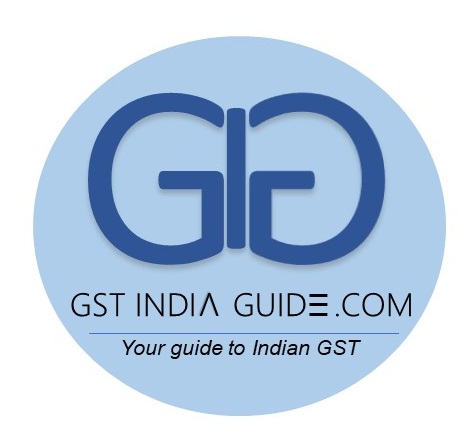The goods and services tax (GST) and the economic stress it caused to struggling small-scale industries in the economically backward district of Hoshiarpurhave become a key issue this election.
Before GST, there were nearly 3,000 manufacturing units, largely engineering, in the district. According to data with Hoshiarpur-based industrial bodies, about 500 units have shut down and many more are on the verge of closure since the tax’s roll out in 2017. The district falls in Hoshiarpur Lok Sabha constituency, which comprises parts of Gurdaspur and Kapurthala districts too. It is locked in a fierce contest between SADBJP candidate Som Parkash and Congress’s Dr Raj Kumar Chabbewal.
The Congress is looking to cash in on resentment in the business community due to “hasty” implementation of GST. Earlier, units with annual turnover of up to Rs 1.5 crore were exempted from central excise tax, a cushion which was taken away by GST. These units have gone from paying value added tax (VAT) between the range of 5% and 12% to a GST of 18%, squeezing profits and making businesses less feasible. Umesh Jain, proprietor of Hoshiarpur city-based Nath Sanito Corporation, said GST led to a “substantial drop” in revenue of small industries, pushing several units out of business. He said there was a need to reduce the rate of existing tax to 5% for small-scale units.
For cash-strapped small units, the new tax has also led to an increase in working capital and blockages. While the credit period of business has not changed and units make recoveries in 90-120 days, GST on sales is to be deposited in a month’s time. This leads to additional working capital requirements for businesses. “Arranging additional capital has emerged as a big challenge,” said Jain.
The burden of compliance has also increased. Now, taxpayers have to submit monthly filings along with an annual return. Kulbir Singh, who has a unit on the Chandigarh-Jalandhar Road, said many small units were cash strapped and depended on banks. With substantial drop in revenue of these units, banks are extending support to them. “But they are not providing easy loans as they fear small units might not repay the amount,” said Kulbir.
GST expert Keshav Garg said though micro and small industrie . were facing issues, the new system would help the sector. “Small units which were doing business without bills have largely gotten into the organised sector due to GST,” said Garg. “It is a good concept, but it was implemented in a hurry. It will be on the minds of businessm . when they vote,” said Nasrala Factory Owners’ Association chief Chander Mohan Puri.
Locational disadvantage, lack of government support, high land prices, financial constraints, labour shortage and poor marketing are some reasons responsible for small units in the area struggling for survival. Puri said industry in Hoshiarpur district was going through a rough patch and needed a push from the government. “It should come forward to help industry survive andgrow,”saidPuri.
Relief still on paper
The Punjab government unveiled an ambitious industrial policy for revival and rehabilitation of sick units in 2017, but it remains only on paper. Other proposed steps include prompt permissions from state government to sick units for sale of surplus land, one-time special relief package for sick large units, and fiscal incentive for acquisition of sick units.
